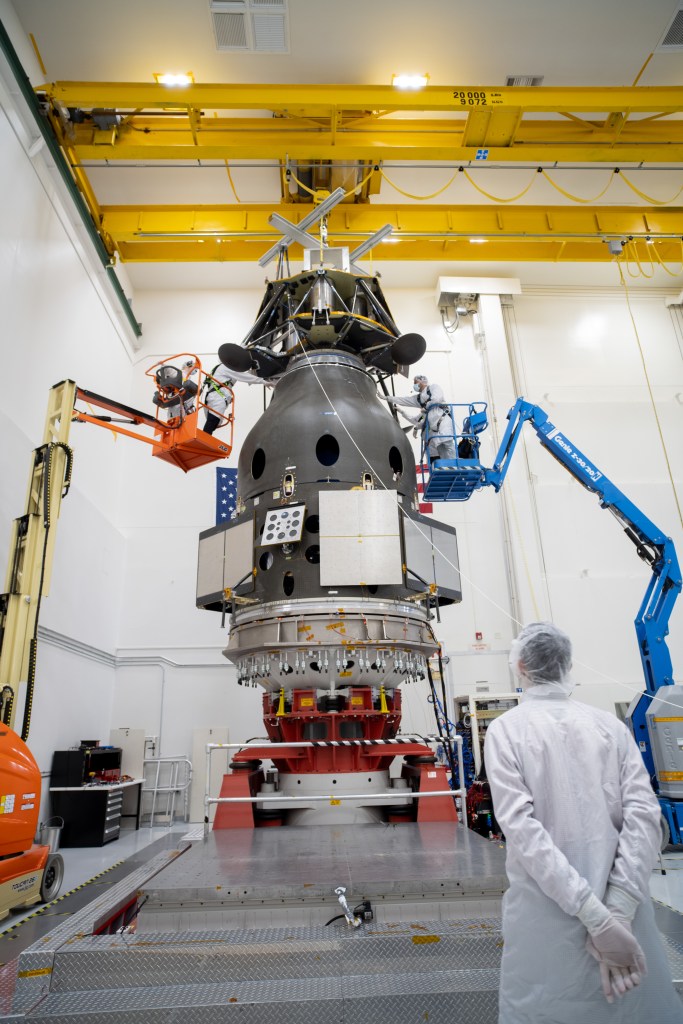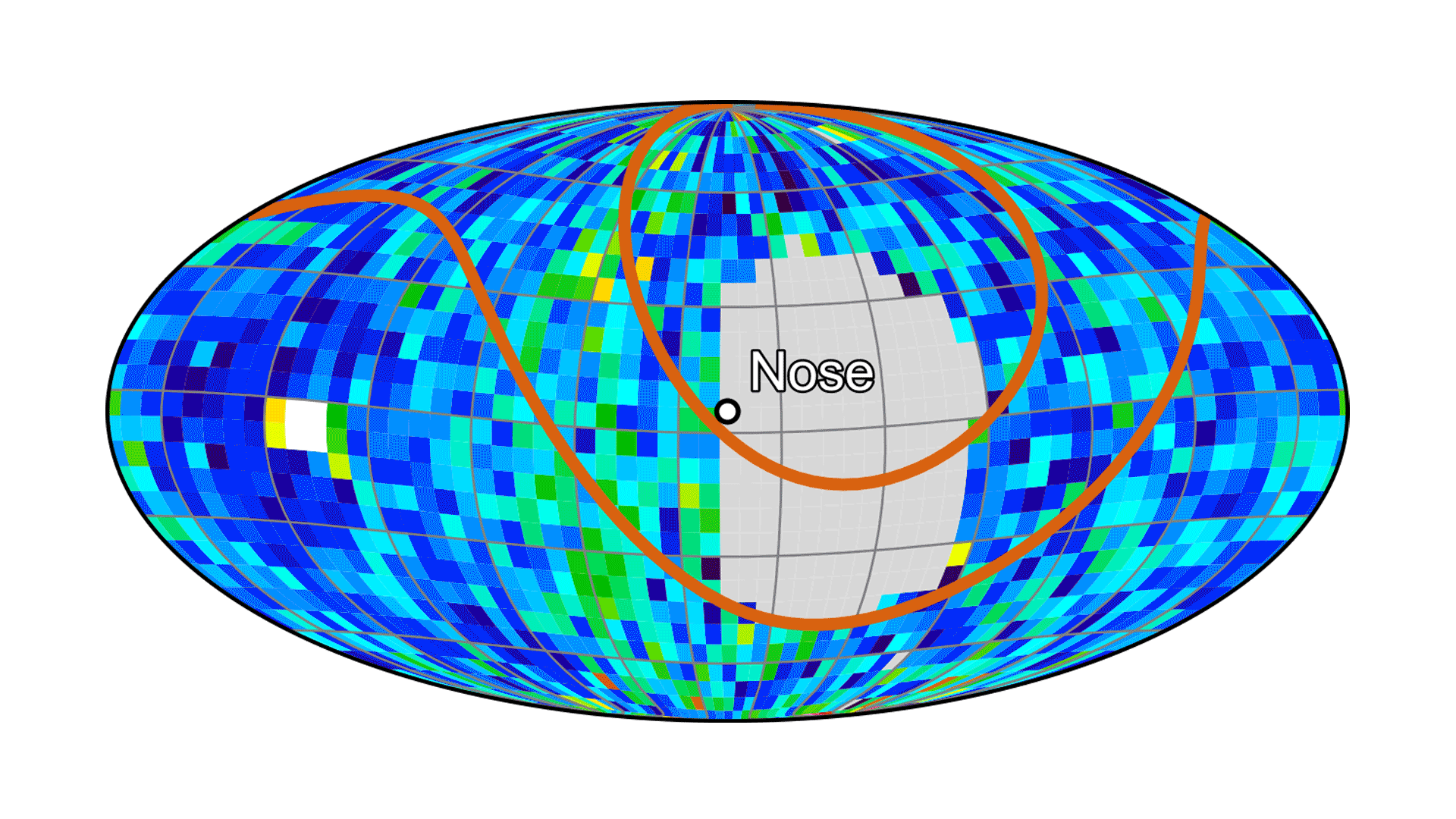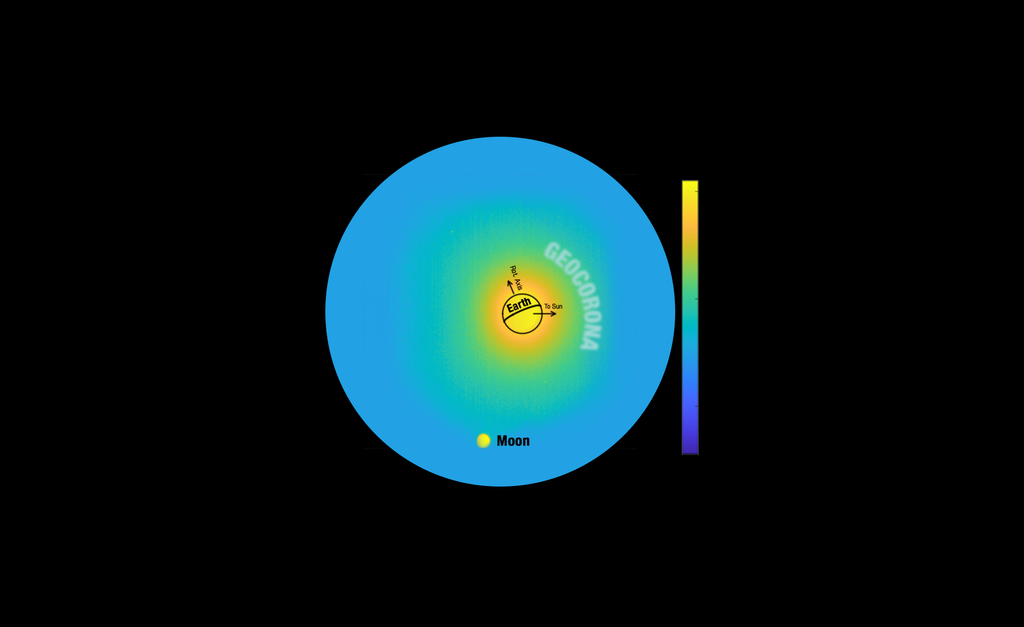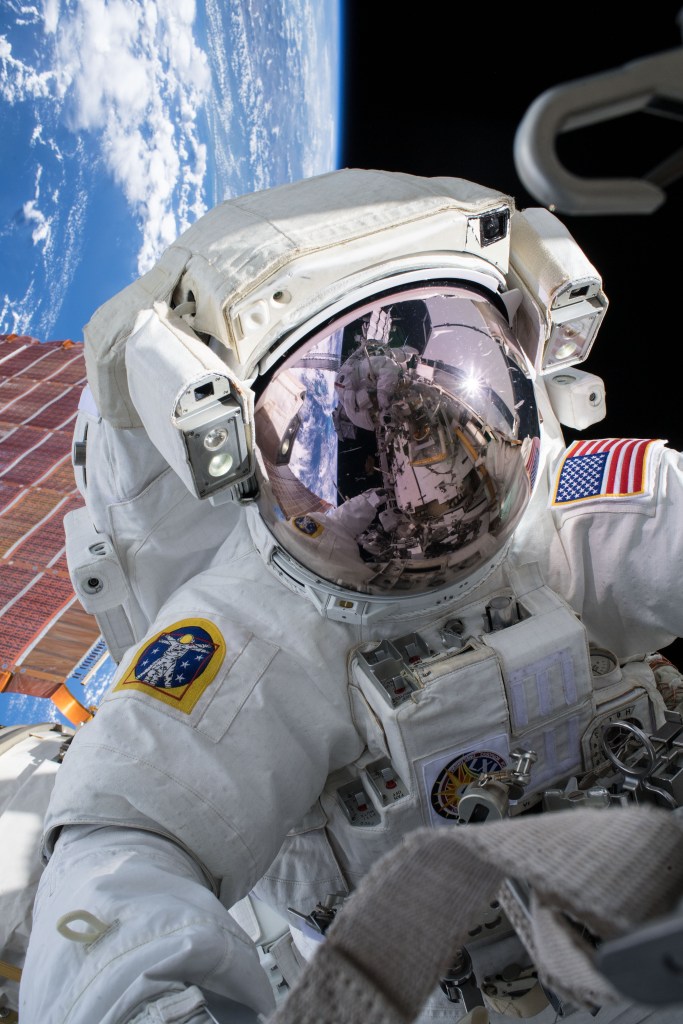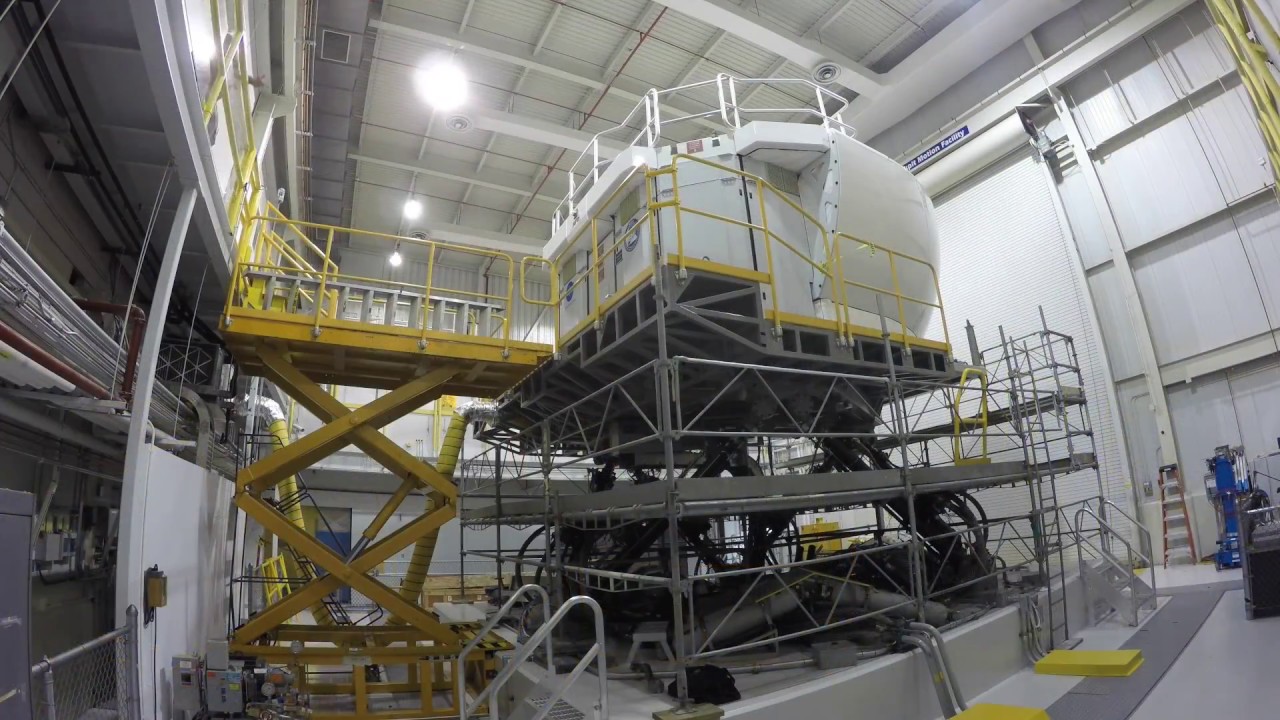
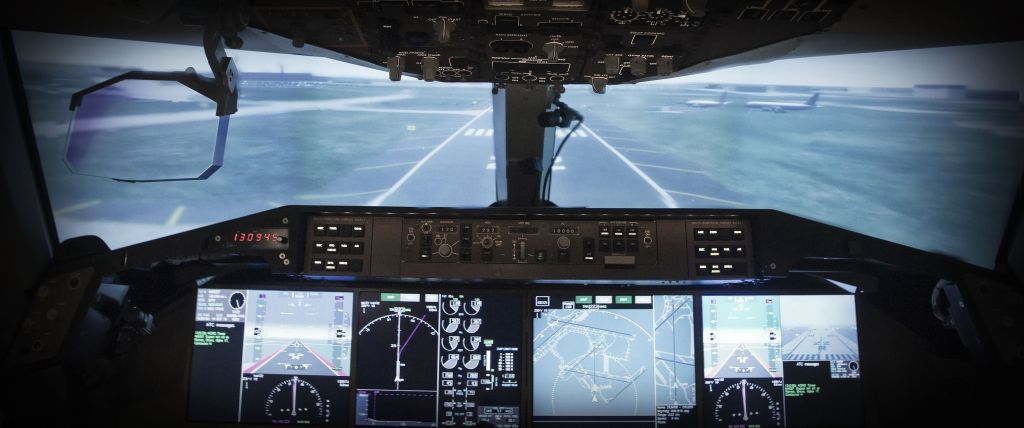
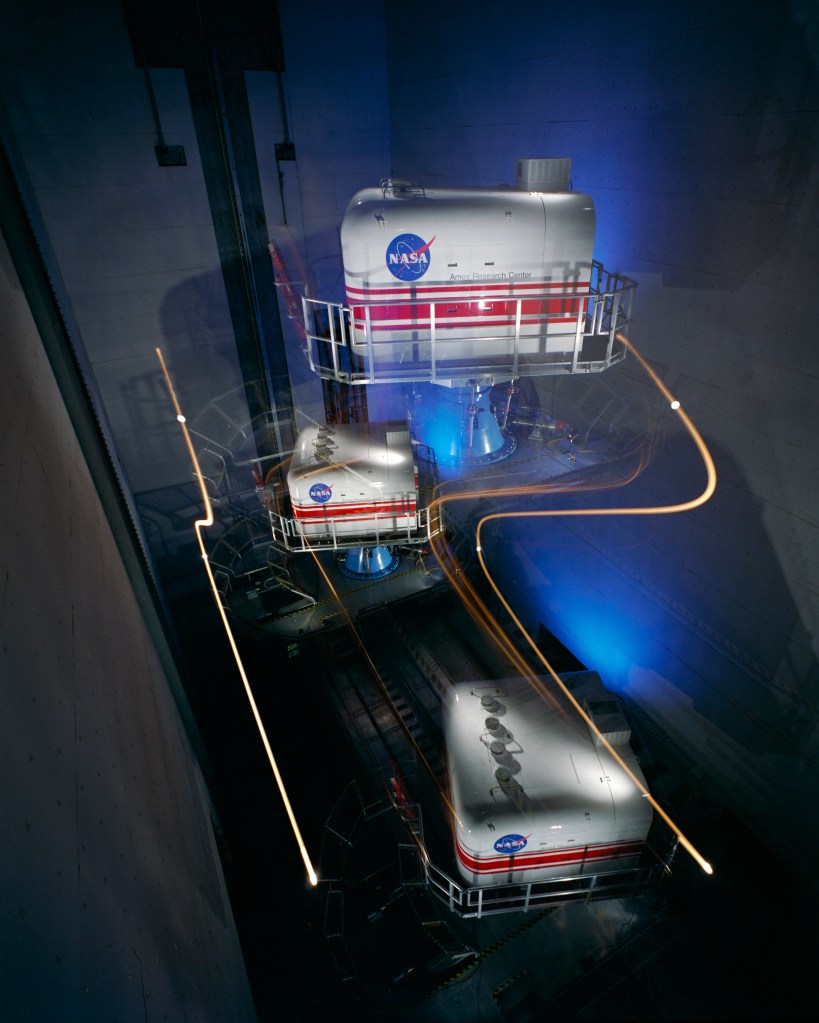
Flight Simulation Facilities
Langley’s Cockpit Motion Facility is designed around a state-of-the-art, high-performance, 76-inch six-degree-of-freedom synergistic motion system. The simulators are moved from their fixed-base sites to the motion system through the use of an overhead bridge crane.
NASA Langley Research Center Flight Simulation Facilities (FSF) provide real-time, high-fidelity, full-mission, human-in-the-loop, hardware-in-the-loop capabilities to replicate as accurately as possible the control systems of air and space vehicles. Advanced computational and display hardware enable pilots and astronauts to experience and respond to a variety of current and next-generation cockpits and flight scenarios.
The Langley simulators have modeled advanced flight deck design and vehicle operations for crew and cargo space missions, advanced air vehicles, unmanned aircraft systems, and prototype versions of the Next Generation Air Transportation System.
The FSF can also connect to simulators at other NASA centers, and facilities at the Department of Defense, the Federal Aviation Administration, universities and private industry to permit real-time multivehicle simulations with audio, video and data links.
The FSF consists of the
- Cockpit Motion Facility
- Development and Test Simulator
- Test and Evaluation Simulator
- Unmanned Aircraft Systems Integration and Validation Laboratory
- System Integration Laboratories
- Research Collaboration Facility
Read more about the Flight Simulation Facilities at Langley Research Center.
To arrange testing in this facility, please contact Victoria Chung or email hq-setmo@mail.nasa.gov.











